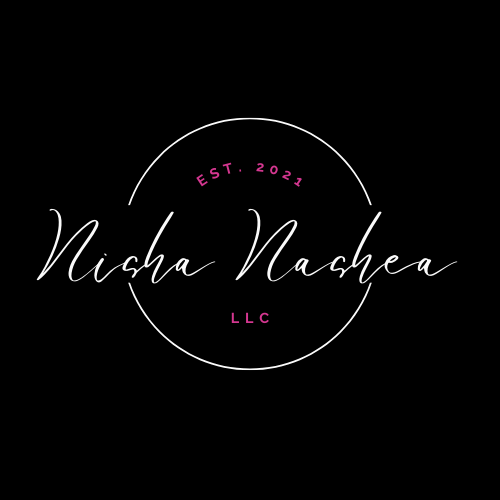Microshading vs Microblading
Share
Have you ever ask the question "What's the Difference in Microshading and Microblading?"
Microshading and microblading are two popular techniques used to enhance the look of eyebrows. While both methods involve the use of semi-permanent pigments to create fuller and more defined eyebrows, there are significant differences between the two.
Microblading involves creating hair-like strokes manually using a handheld tool with tiny needles. The strokes are designed to mimic the natural growth pattern of eyebrow hair, resulting in a natural and realistic look. Microblading is ideal for people with sparse or thin eyebrows, or those who want to fill in gaps in their existing eyebrows.
On the other hand, microshading involves using a special machine to create a soft, powdered effect on the eyebrows. The technique involves creating tiny dots of pigment on the skin, which blend together to create the illusion of fuller, more defined eyebrows. Microshading is ideal for people who have thin sparse brows, no brows at all and naturally thick eyebrows but want to achieve a more polished, uniform look.
Another key difference between microblading and microshading is the longevity of the results. While both methods are semi-permanent and can last up to a couple of years, microblading tends to only last for 12-18 months in most cases. Microshading, on the other hand, can lash up to 4+ years.
In conclusion, while microblading and microshading are both effective methods for enhancing eyebrows, they are suitable for different needs. Microblading is ideal for those who want to create a natural, hair stroke like look, while microshading is perfect for those who desire a more polished and defined appearance. It is best to consult with a professional to determine which method is best for your specific needs.

